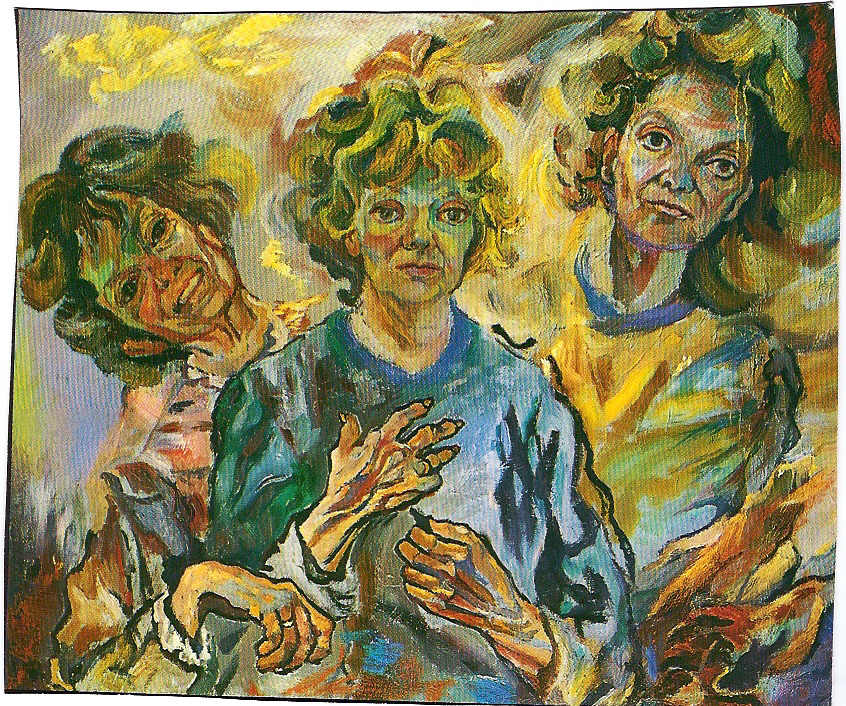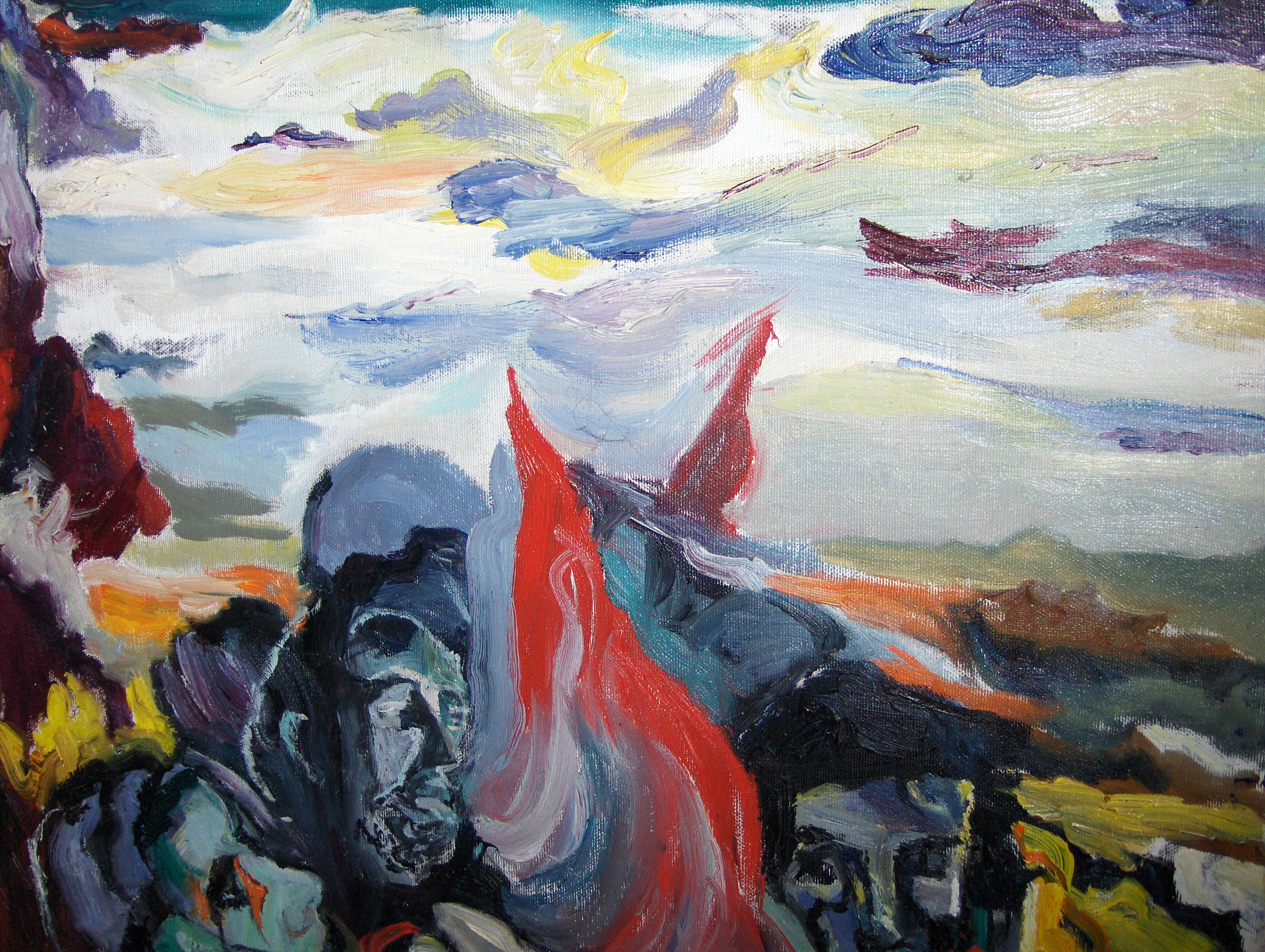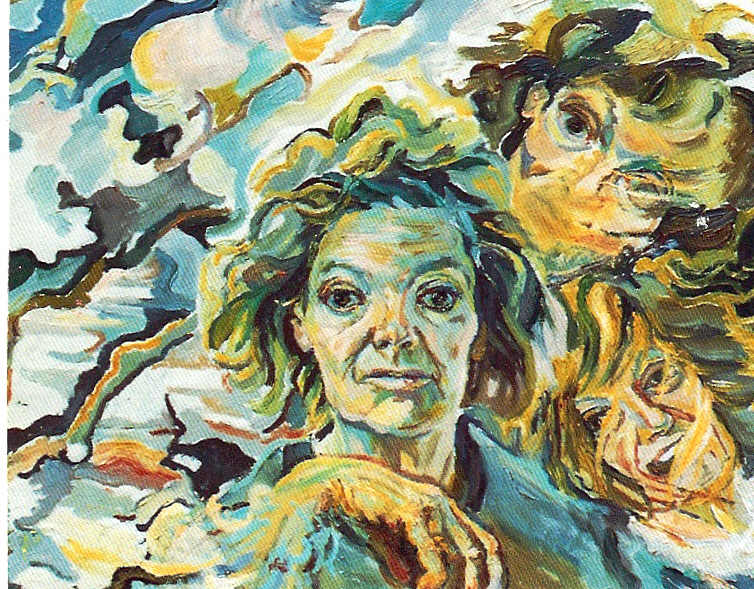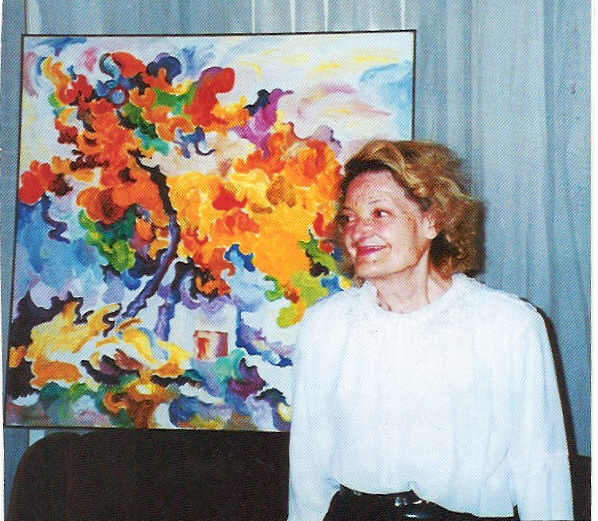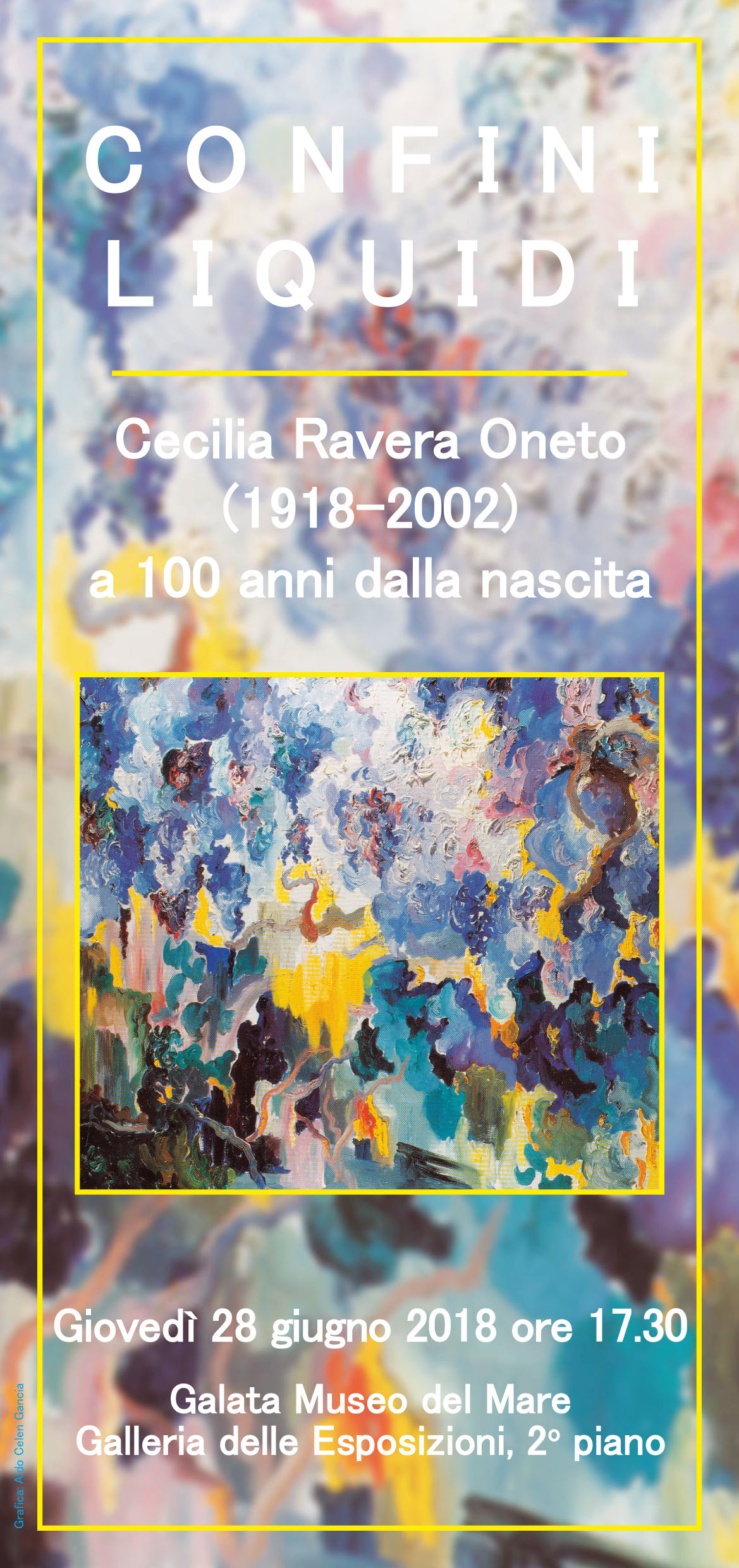|
Cecilia Ravera Oneto exhibited her paintings from 1953 in all the most important art manifestations in Italy and abroad. She was honour guest (a wall of paintings) at MUSEO CIVICO DI BOLOGNA for the exibition “Arte Contemporanea 1973”. Her paintings was included in the exibition “GENOVA,IL NOVECENTO” -1986- directed by Prof. Giuseppe Marcenaro for the Bank Cassa di Risparmio di Genova e Imperia e in the exibition “ITALIANA ‘86” in Buenos Aires (Repubblica Argentina). In 1964 she was requested to paint afresco in Dozza (Imola). Monograph concerning her paintings was written by Giorgio Kaisserlian, Germano Beringheli, Giuseppe Marcenaro and Rossana Bossaglia. Nel 1989, she was member of one of the planning group, like artistic consultant , in the International Contest for the refurbishing of the area near Columbus house in Genoa. Paintings of Cecilia Ravera Oneto are exhibited in Museums and collections in Italy and abroad. *ODESSA (Ukraina)- Pigorov Institute of paediatrics *BERN (Switzerland)- Centre of vocational guidance *NOTTINGHAM (United Kingdom)- Bertrand Russel House *GENOA- Istituto di Medicina Interna (ISMI) University (“Ars Medica”, cm.350 x 210) *GENOA- Banca CARIGE Sede Centrale (“San Francesco e il lebbroso”, cm. 115 x 200) *PINEROLO (To)- Collezione Civica d’arte , Palazzo Vittone

Her paintings,that testify the different periods of her work, are kept by the civic GALLERIA D’ARTE MODERNA (Modern arts Gallery) in the Parks of Nervi that exhibited them since May 1st to June 27 2004 at Raccolta Frugone (Nervi Parks). About the work Cecilia Ravera Oneto wrote : G. Angeli, A. Angiolini, E. Balestreri, I.M. Balestreri, A. Ballero, R. Benvenuti, G. Beringheli, F. Berardi, S. Beraldo, M. Bernardi, M.Bocci, R. Borzini, R. Bossaglia, L.Budigna, G. Buscaglia, U. Callà, E. Calza, F. De Caria, L. Carli, L. Carluccio, R. Cenni, A.M. Cristaldi, M. Delpino, M. De Stasio, S. Dell’Orso, S. Di Bartolomeo, A. Dragone. G.L Fallabrino, W. Favero, M. Faustini, D. Ferin, M. Frojo, V. Furfaro, G. Fumagalli, M. Galasso, D. Gambetti, G.C. Ghiglione, C. Gigli Molinari, G.Grazzini, G. Kaisserlian, M. Lepore, G. Migone, C. Maccari, F. Macrì, G. Marcenaro, M. Marchiando Pacchiola, G. Marton. M. Monteverdi, C. Munari, C. Niccoli, C. Gigli Molinari, N. Mura, A. Natali, S.Pagliari, F. Passoni, L. Pierro, M. Portalupi, G. Riva, G. Sforza, R. Righetti, A. Ronco, A.M. Secondino, G. Servello, L. Servolini, D. Taverna, A. Turroni, R.Vitone, D. Volontè, M.Valli, S. Vento. In April 1999 she was invited to lecture at the Istitute of History of art of the University of Genoa, course of Industrial archaeology, about here experience in the paintings concerning industrial subjects. News, books and photos concerning Cecilia Ravera Oneto are consulting in the Historical Library of Biennale di Venezia (item ONETO RAVERA).
|
Cecilia Ravera, when painting, never gave up thinking. Out of a continous, persistent dialogue with a reality to be changed into free artistic images, within the working space of a canvas, she has drawn the conviction that the outside world is not a succession of indifferent perceptions, but a place of tensions and continous struggles. All her work is directed towards a search for certain significant intertwinings of these tensions and of these struggles perceiving in the images to be achieved something lying beyond certain representations common reality, that is to say a critical testimony of a being victoriously present in our unexpressed deep inside, against everything seeking to undermine it, to erode it and leave it in a primitive state. The vivid narrative images, wich she offers us, exclude any symbolist reference, as a pictorial poertry. Her expressive language recalls, if even, certain sturdy post-impressionism eradicated from all aesteticizing complaisance, typical of a certain present-day figurative exigency, wich intends to leave always pre-eminence to beings and thins caused.
GIORGIO KAISSERLIAN- THE ART OF CECILIA RAVERA ONETO - Edizioni APE-Genoa 1969
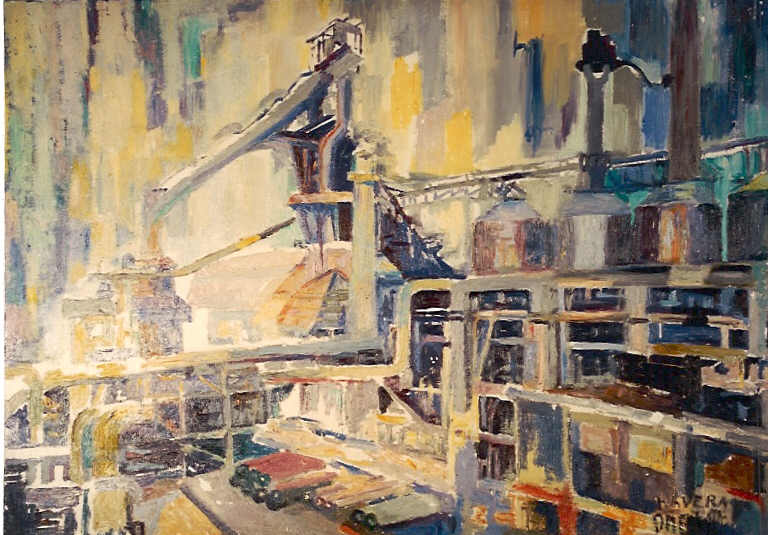
The artist was one of the leading characters of '900 Century painting in Liguria. She attended Accademia Albertina and Politecnico of Turin; she began to exhibit in 1954 in national sphere, taking part in important exhibitions and attaining prizes and manifestations of prestige. The first times of her work was distiguished by the bare and disenchanted welcome of a realism that had nothing to do with the mythical suggestions of the Italian situation in the Thirties of past century. She was always worried about reaching formal and stylistical datas that coincided with the sensitive perception of her look and judgment; Ravera Oneto transcribed, before, through a tender pictorical writing, with a clef of tonal chords and with a thoughtfully absorted drawing, the native landscape turning here attention in the Sixties to radicaly existential themes that was, with a pressing painting, set on fire with chromatic definitions, to all the modification of the natural appearances caused by the iron and steel industry. Simultaneously, developed at the border of a cold espressionism, she made paintings inspired by the health world, the surgical rooms and the new medical engines. Subsequently here painting gave way to a violent and sensual interpretation of nature. Are unforgettable some of her paintings showing dazzling wistaria trees and the night lanscapes rising by the ferocious explosion of the colours. With the death of Ravera Oneto disappears one of the artists that contributed, with their own poetry and introspection, to the vitality of Ligurian painting.
(Germano Beringheli - Il Secolo XIX
October 29, 2002)newspaper, two days after the artist death.
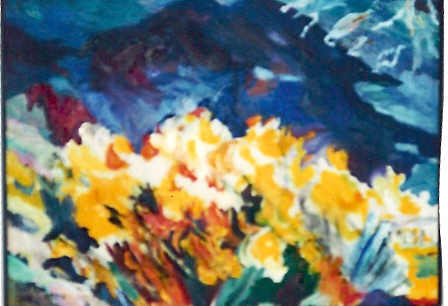
|
